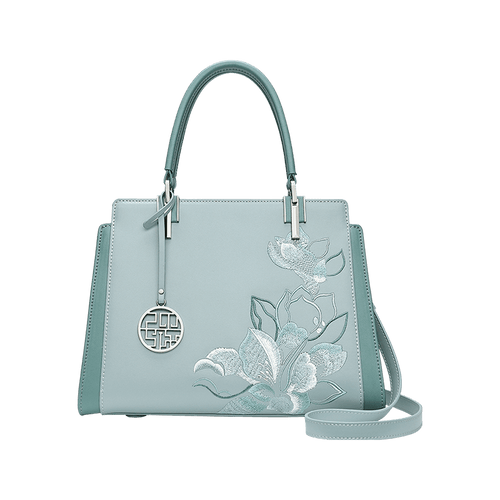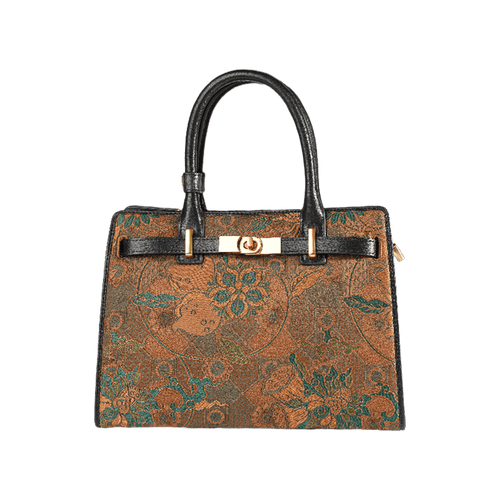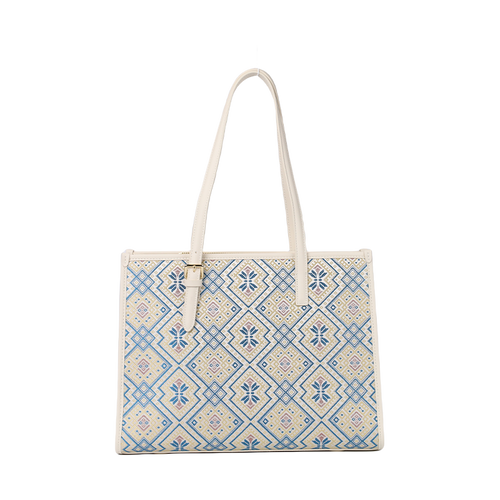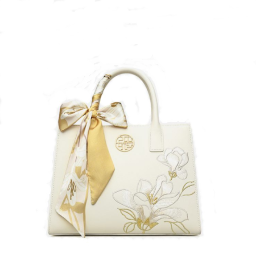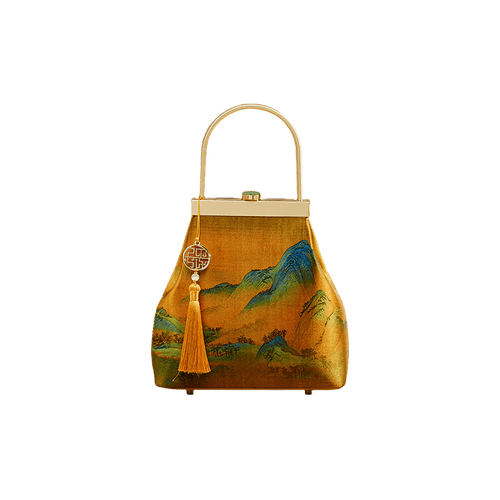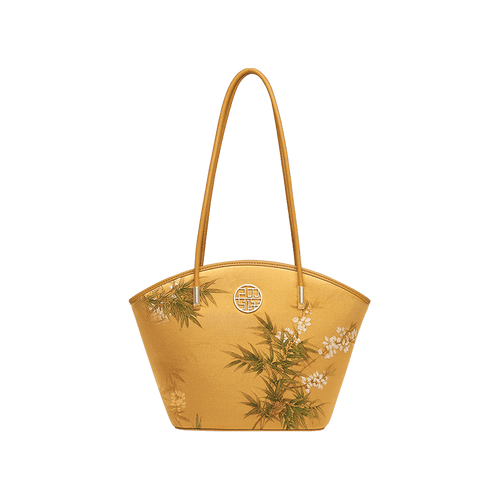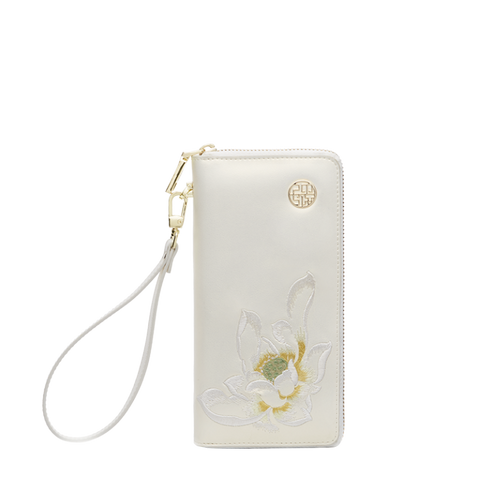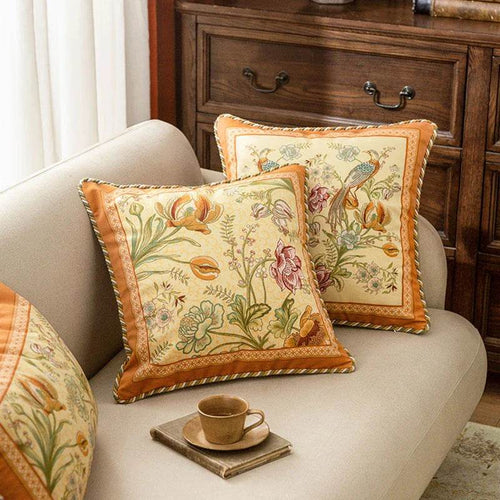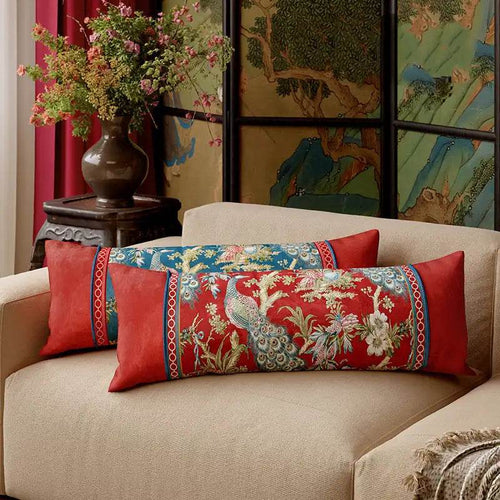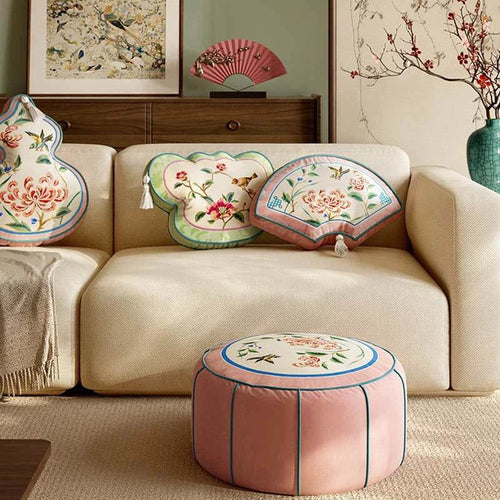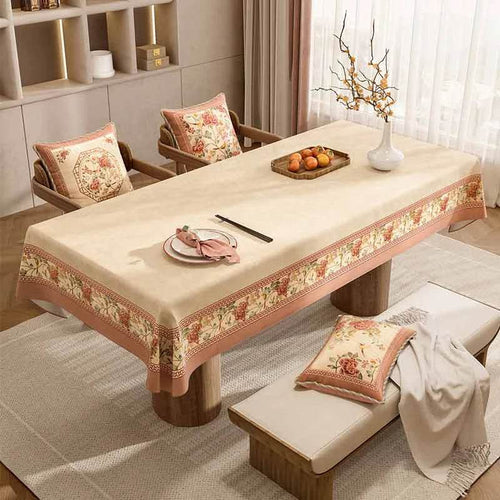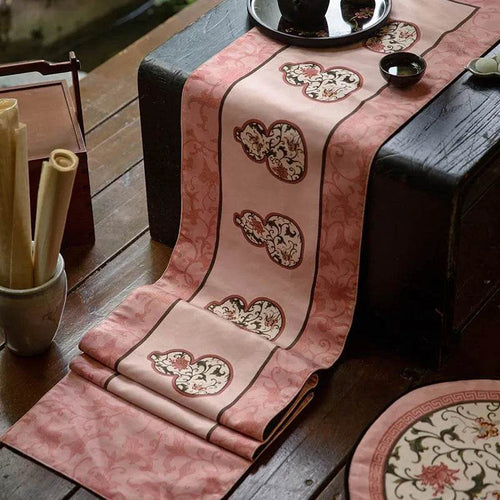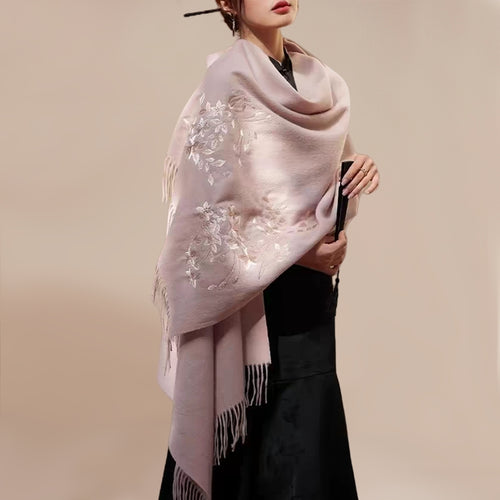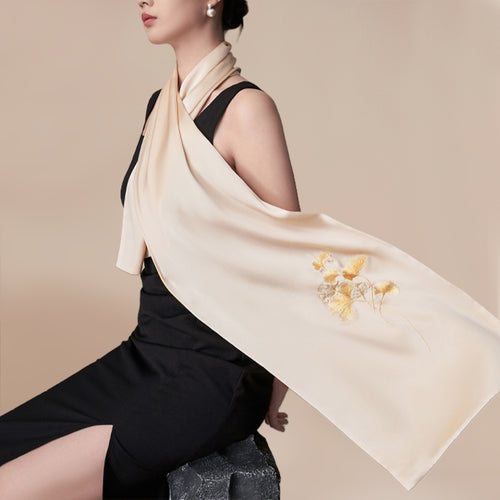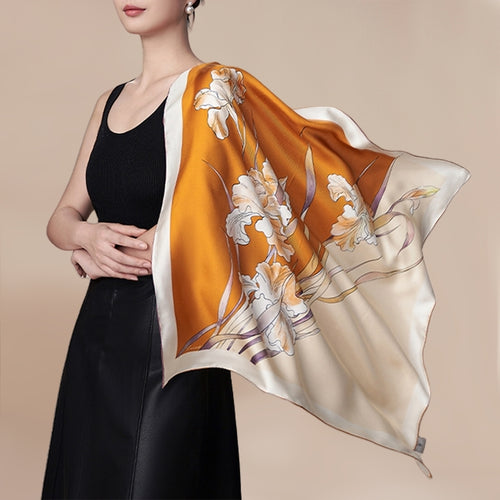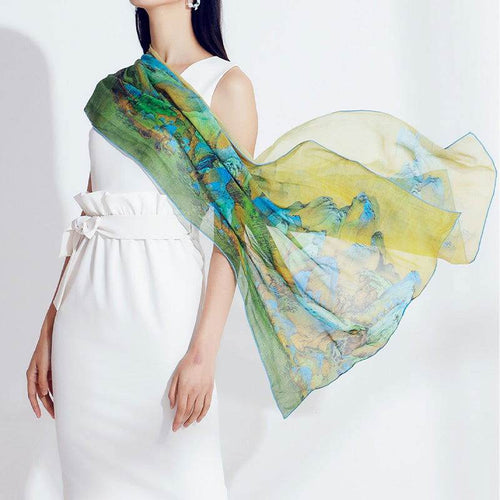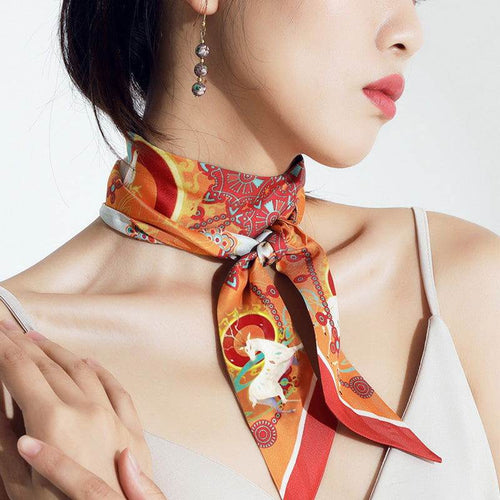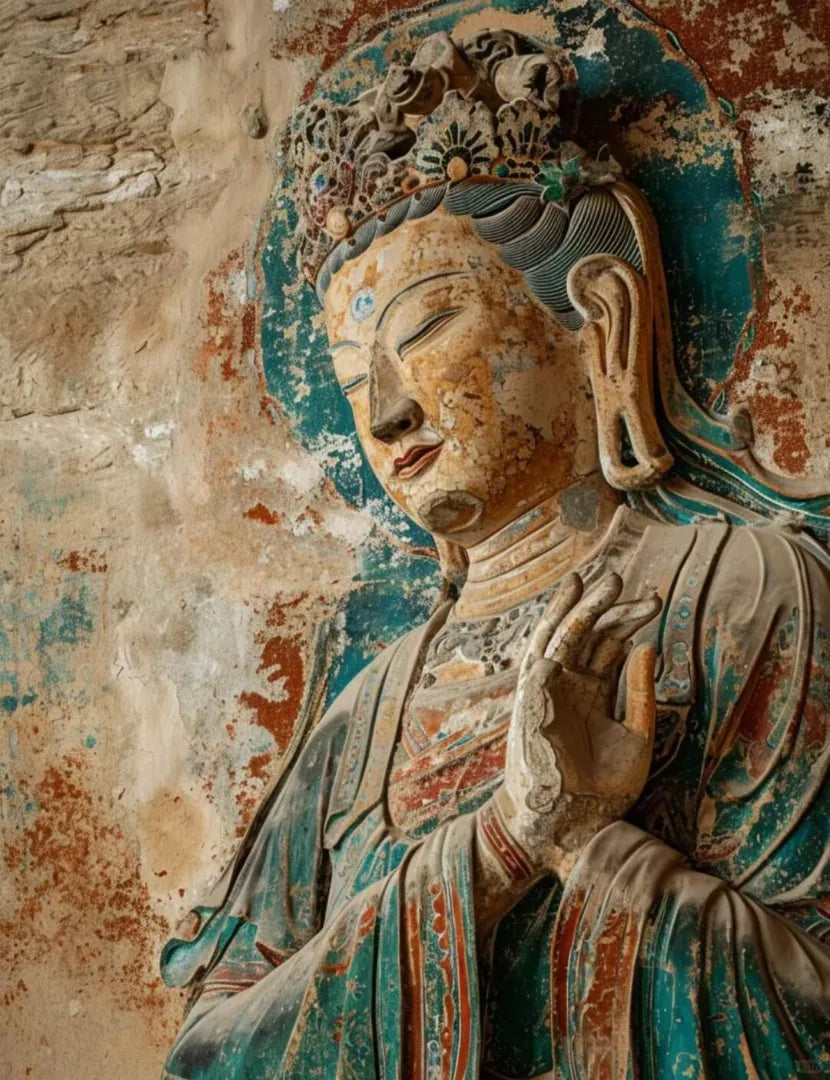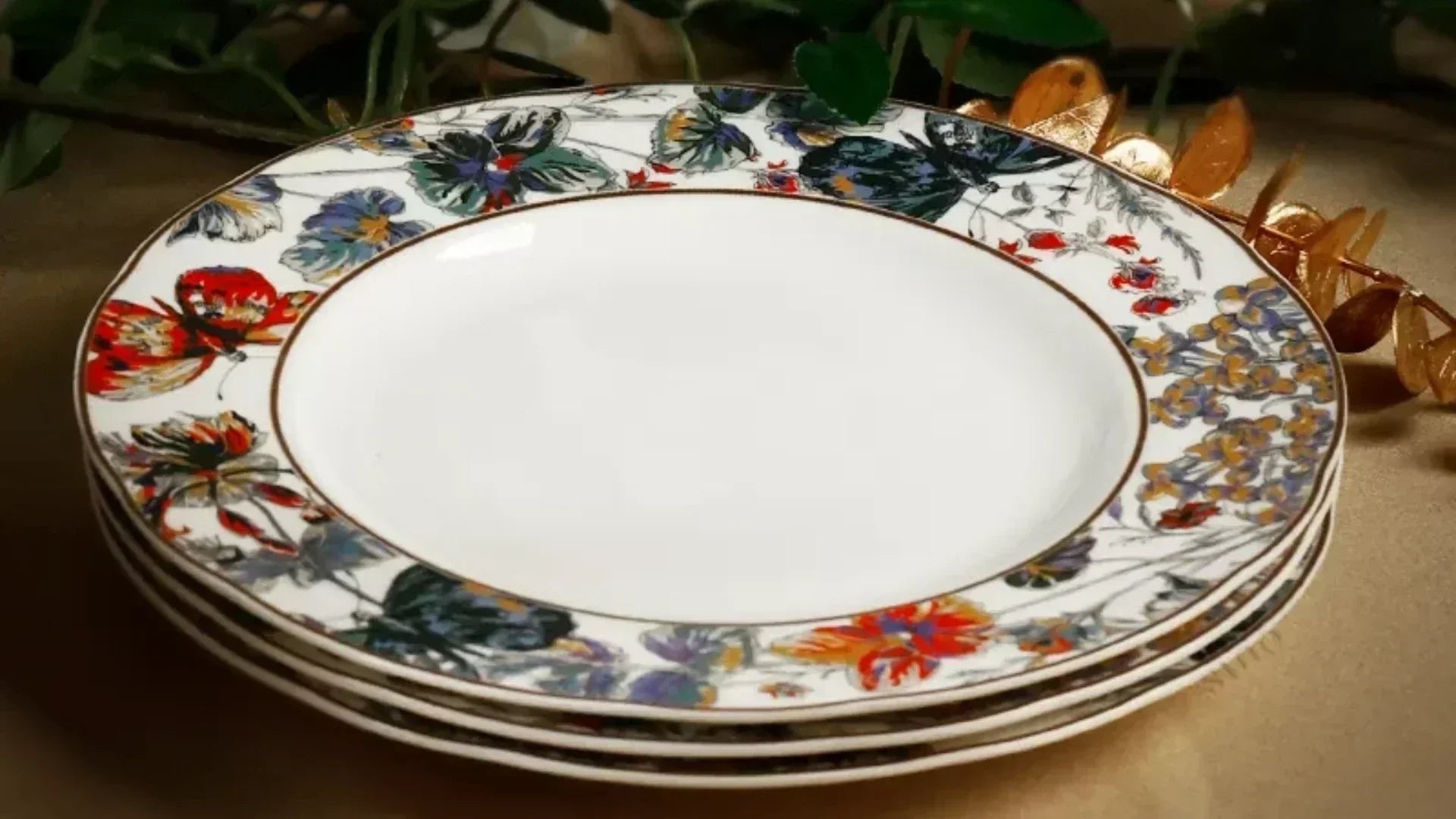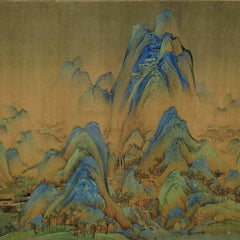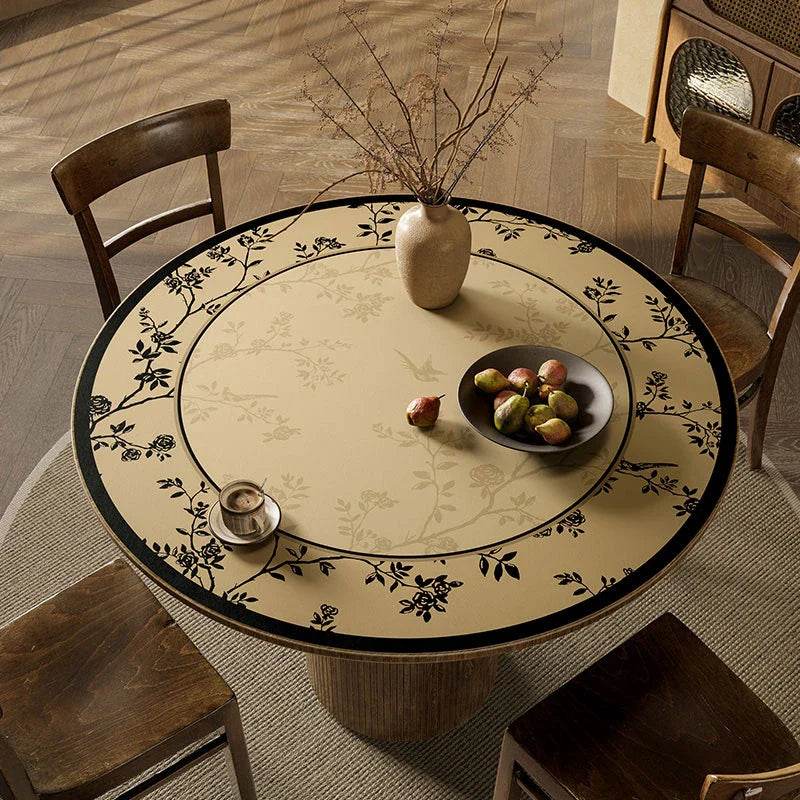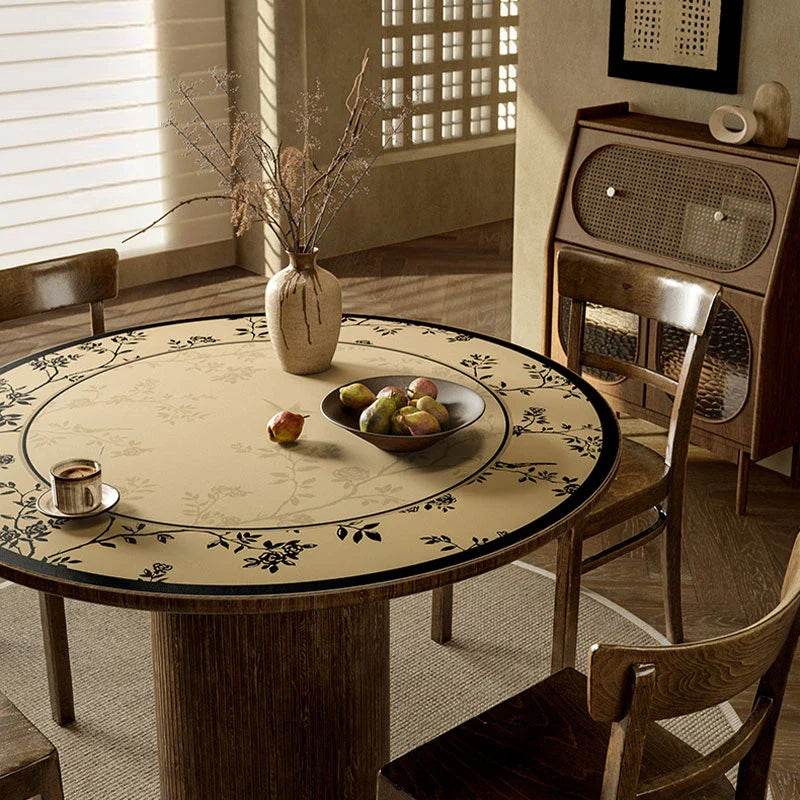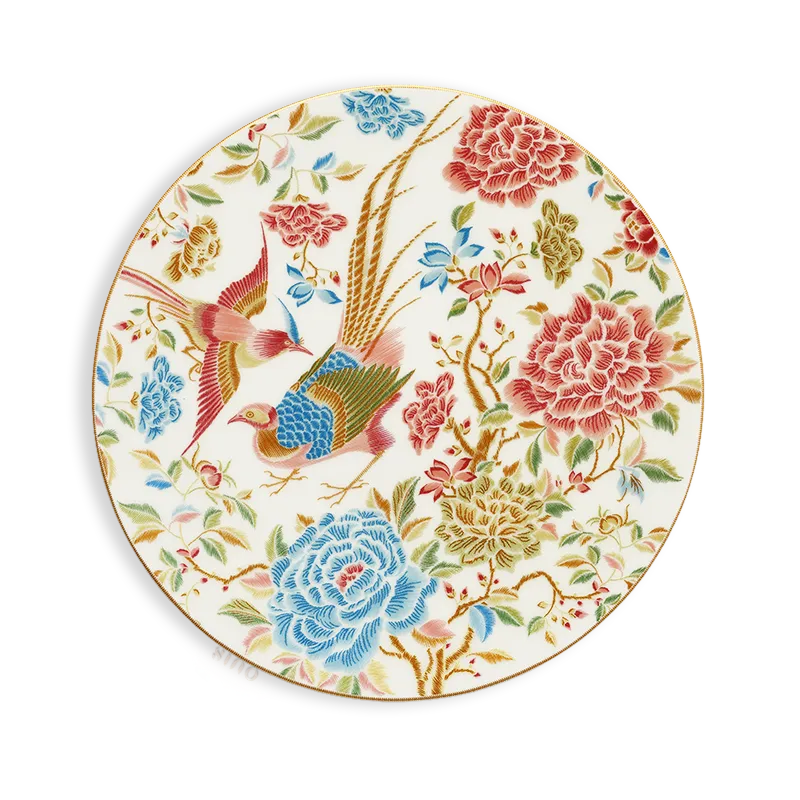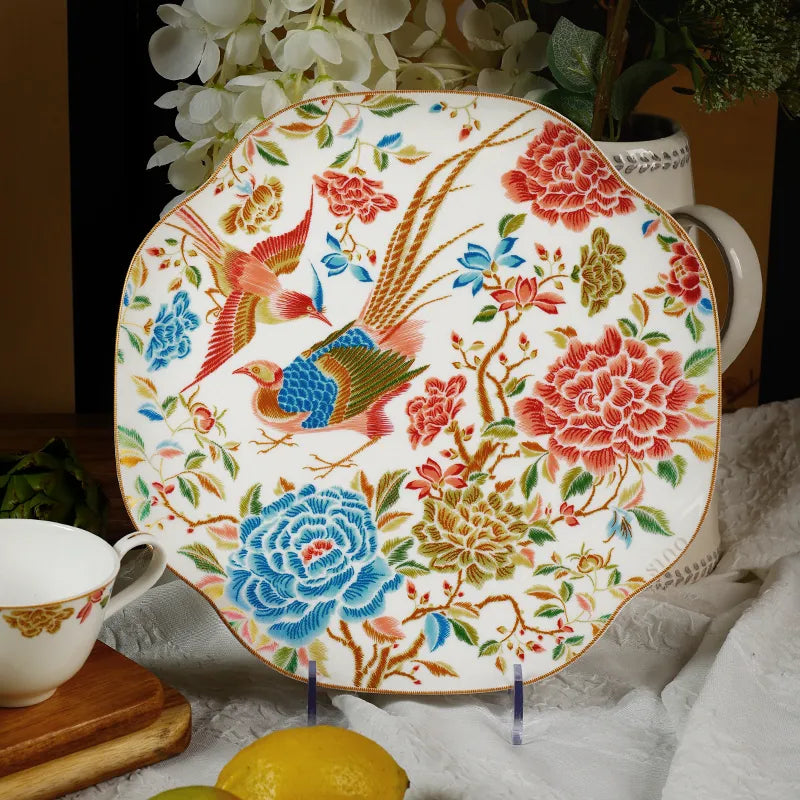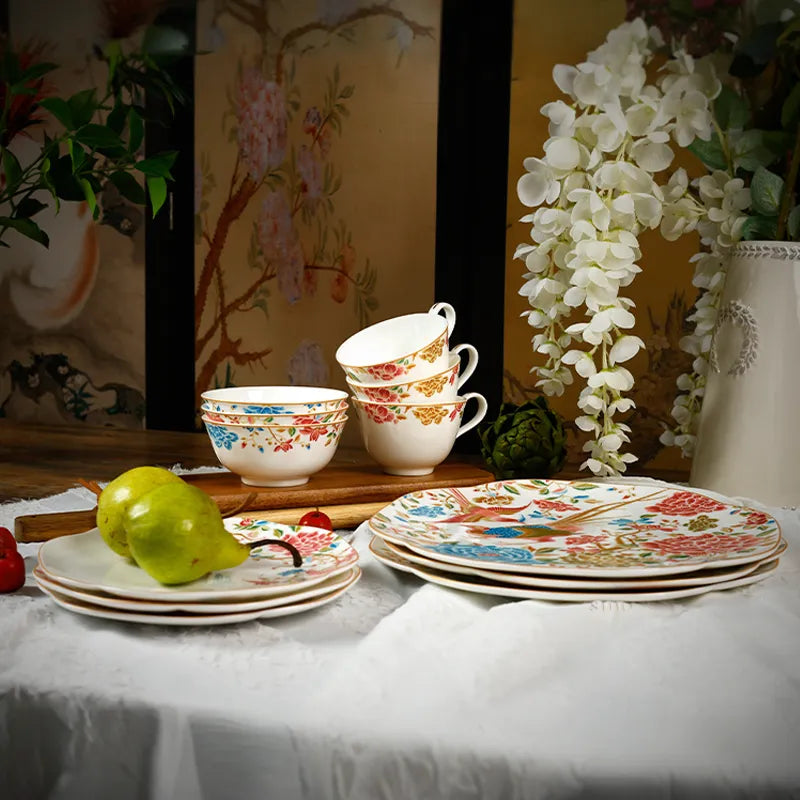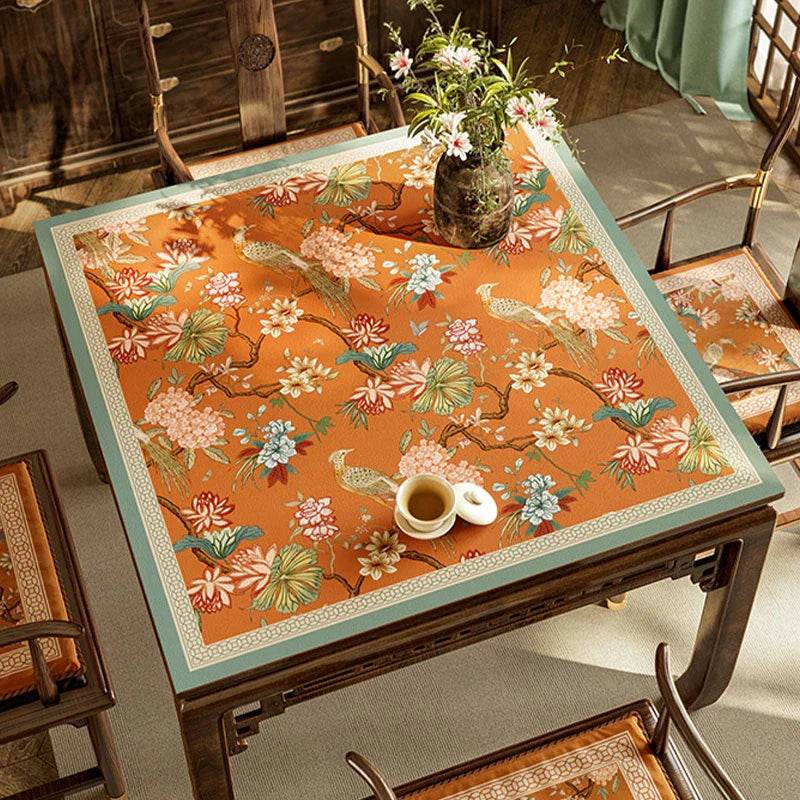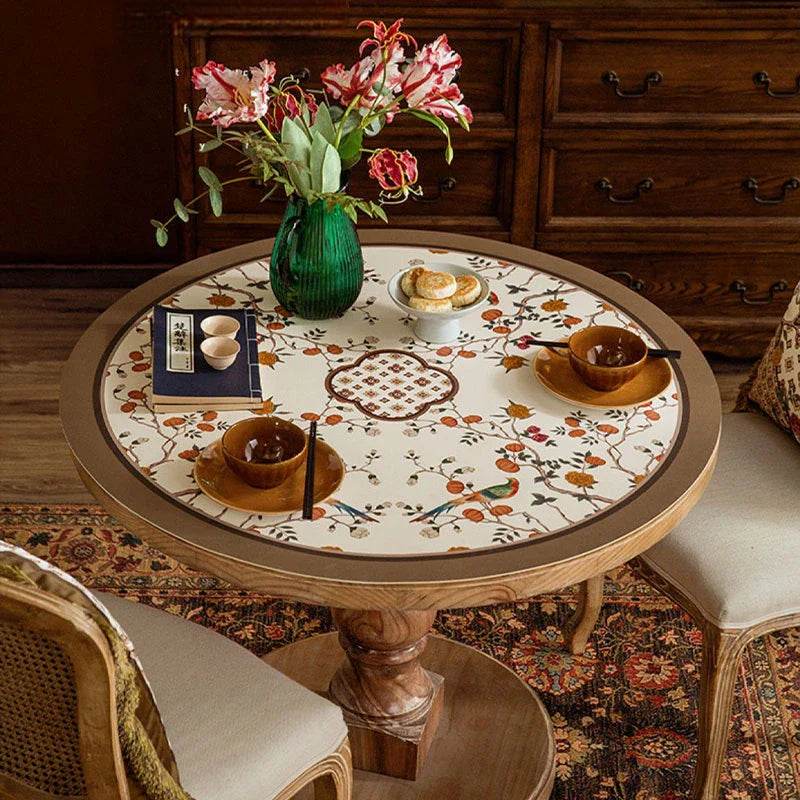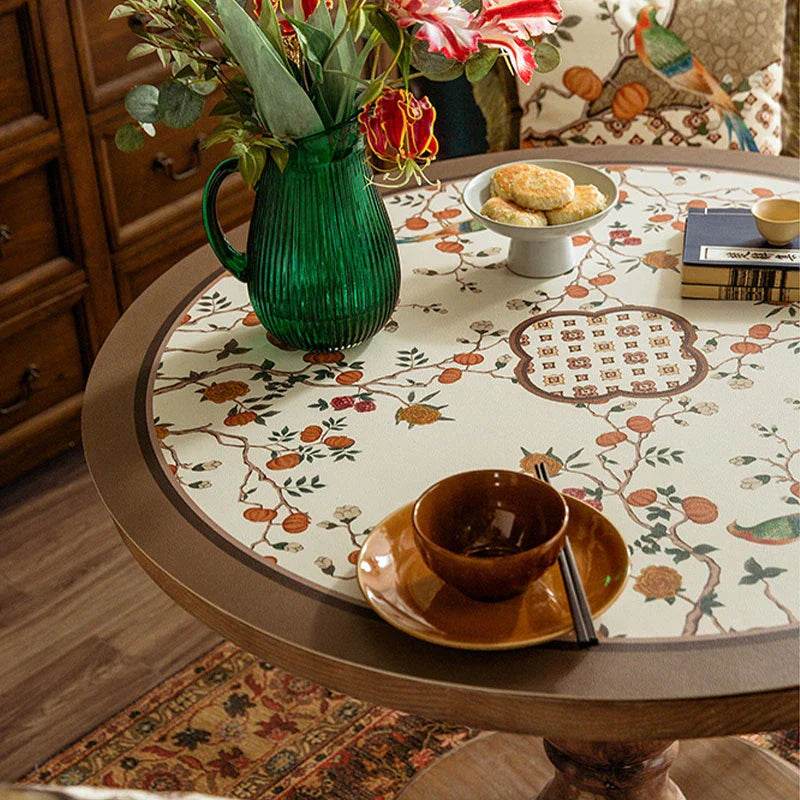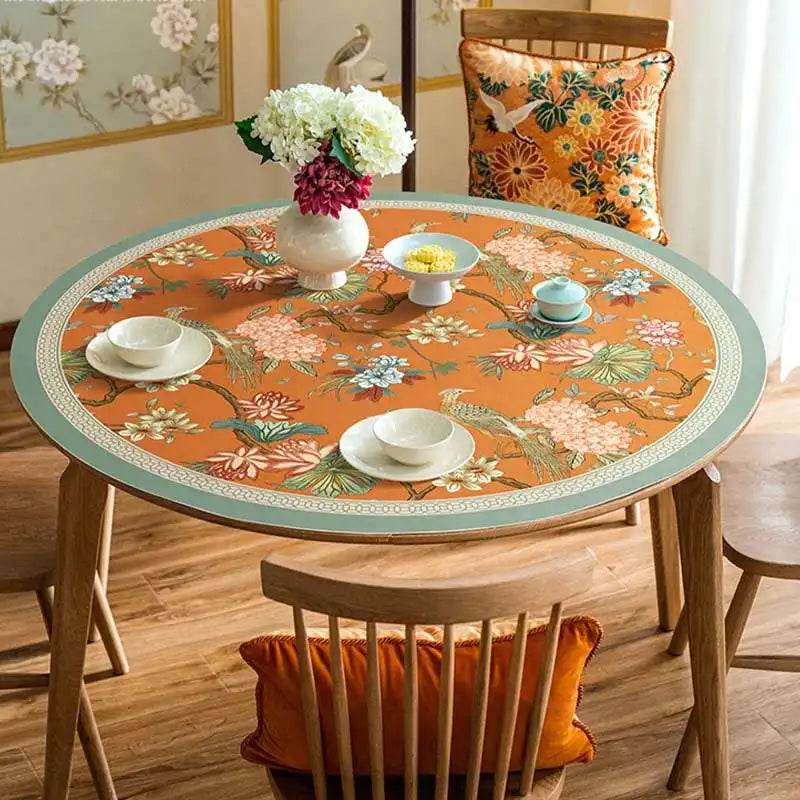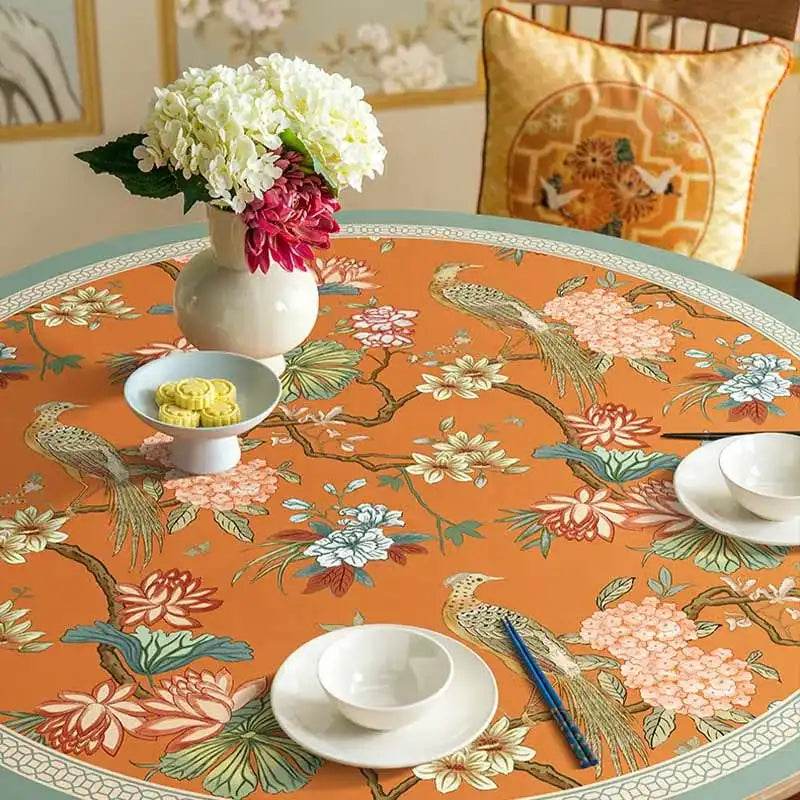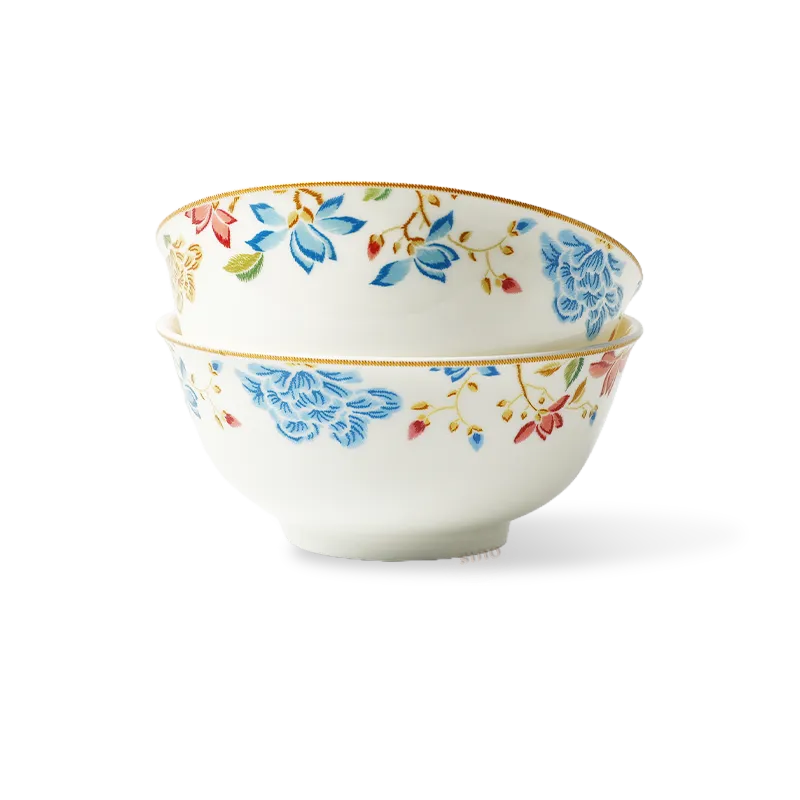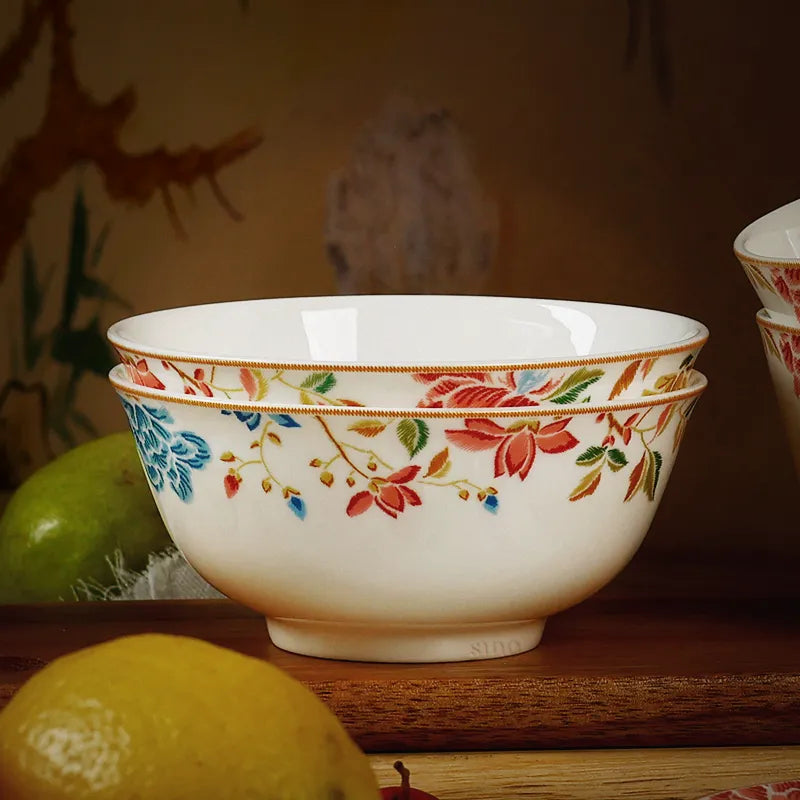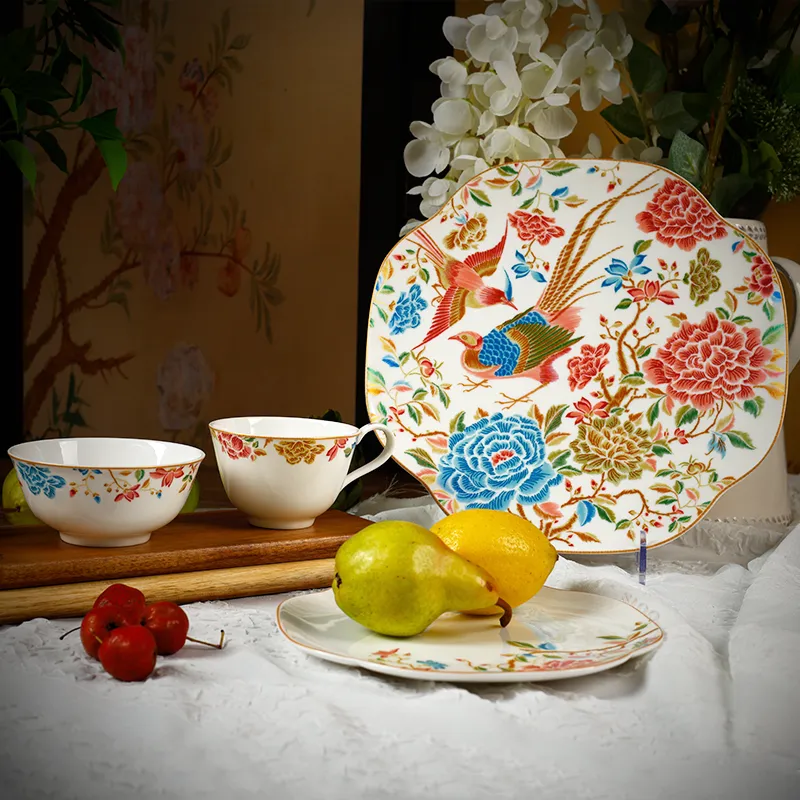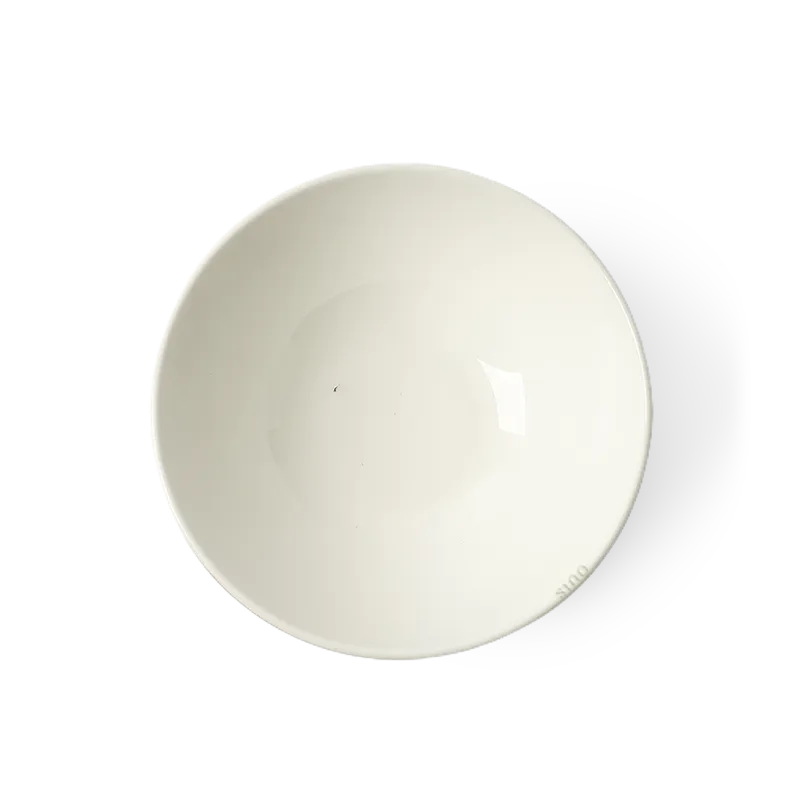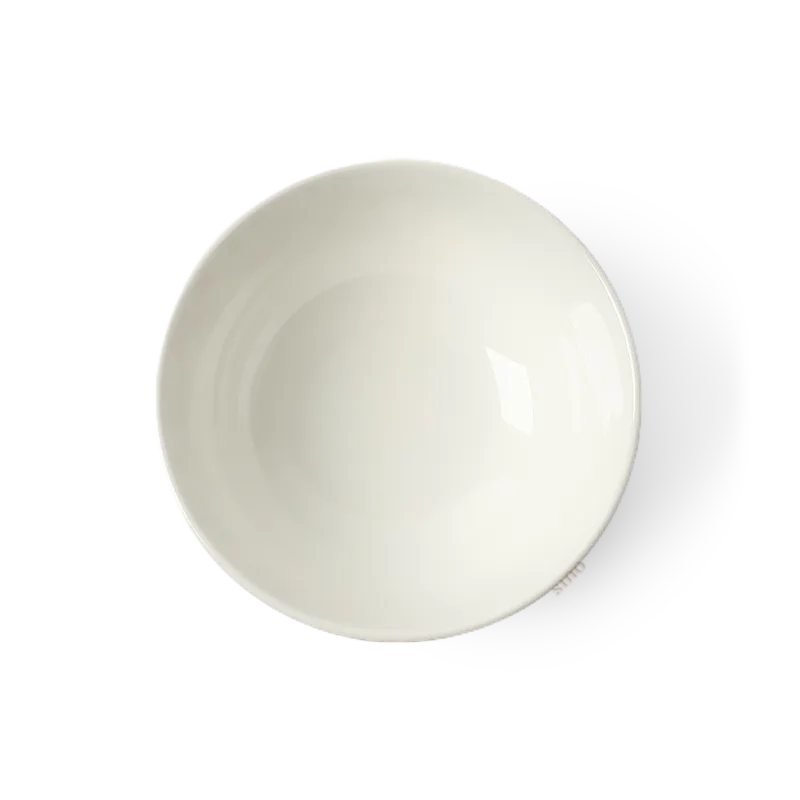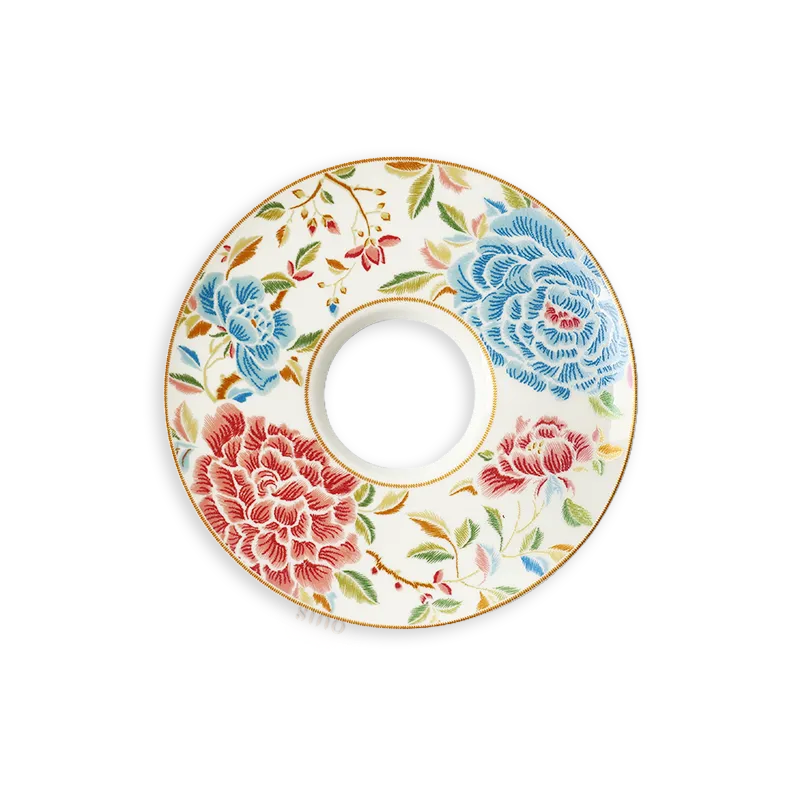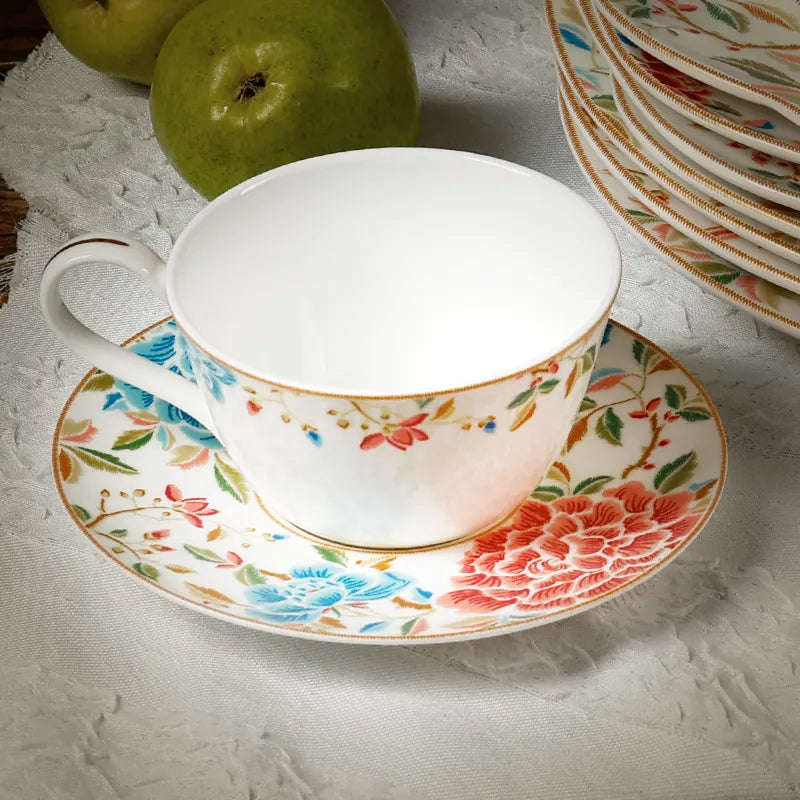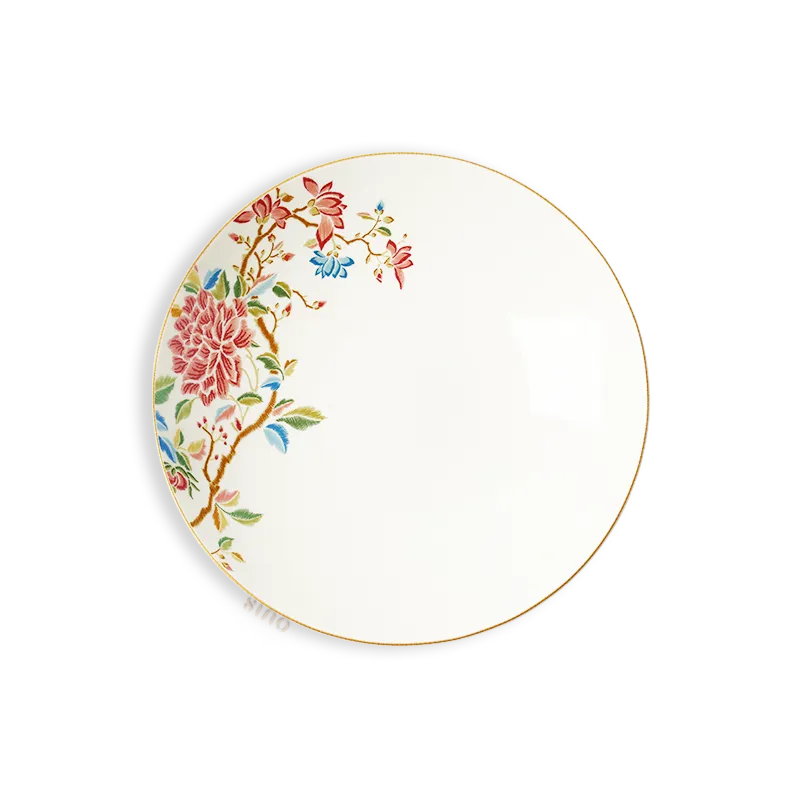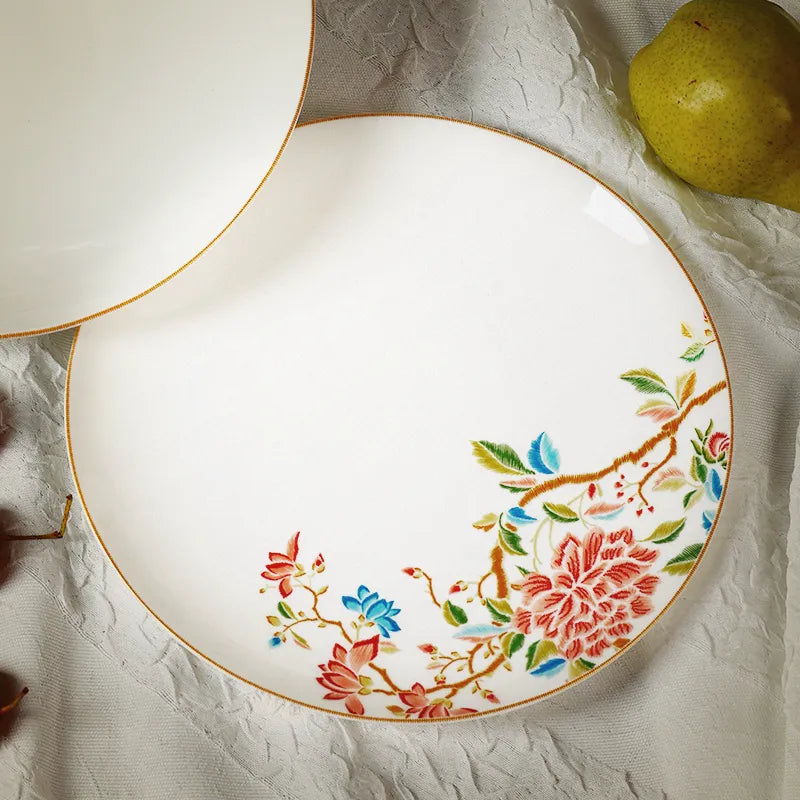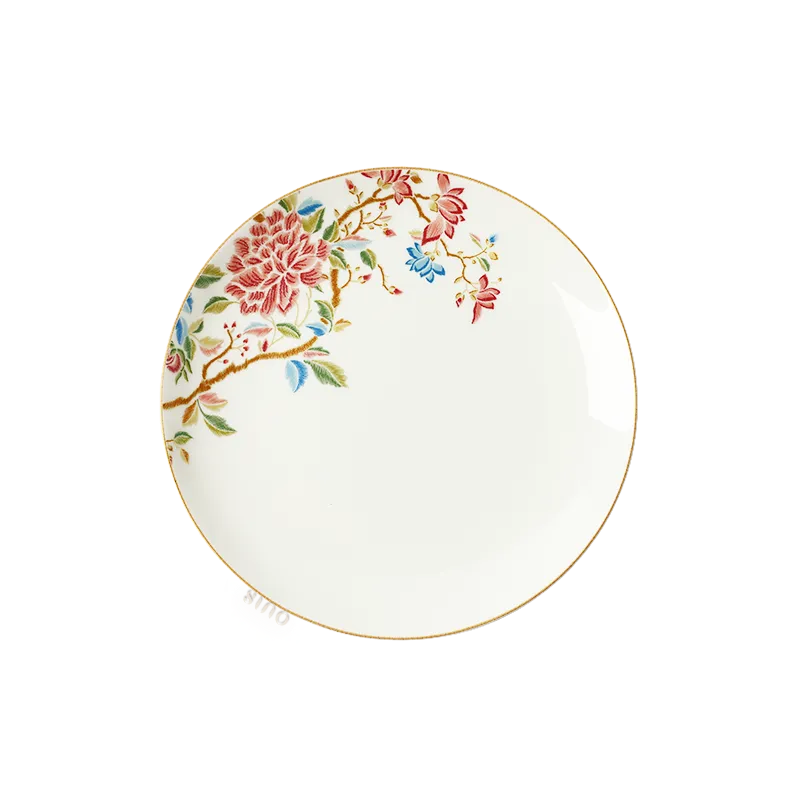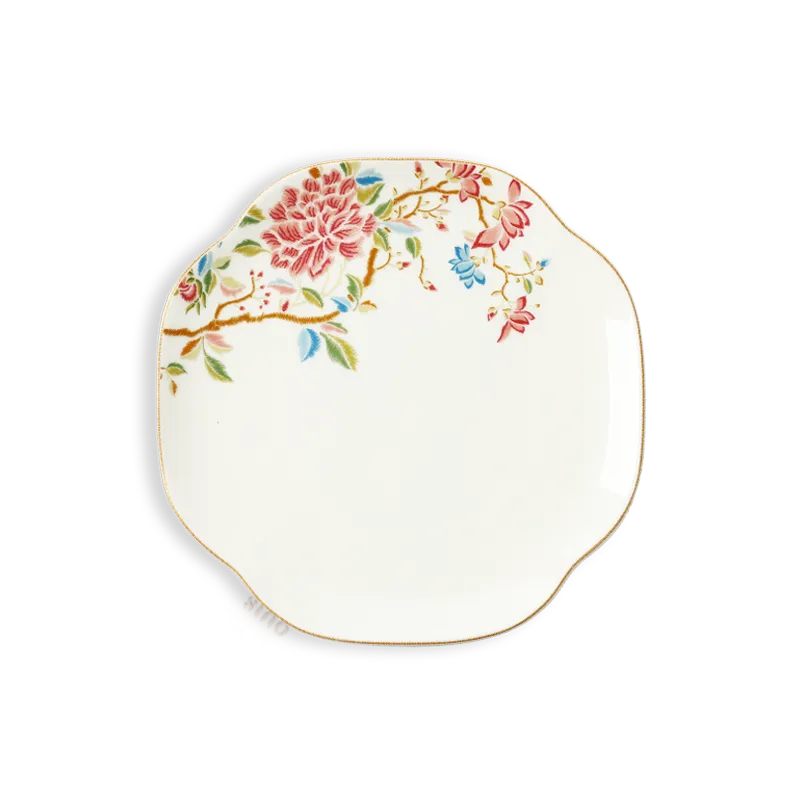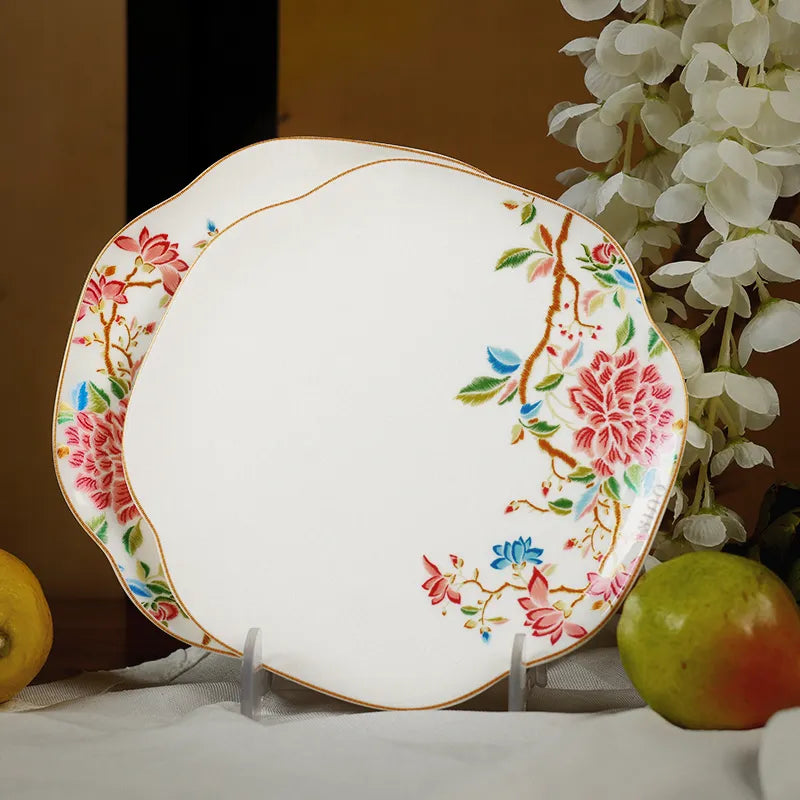الاعتدال الخريفي، المعروف باسم تشيوفن (秋分)، هو السادس عشر من بين الفصول الشمسية الأربعة والعشرين في الصين، ويمثل منتصف فصل الخريف. كلمة "فين" تعني "الانقسام"، وترمز إلى المساواة والتوازن - فالليل والنهار يتشاركان طولين متساويين تقريبًا. يقع هذا الفصل الشمسي في منتصف أيام الخريف التسعين، مقسمًا الفصل إلى نصفين.
تاريخيًا، كان تشيوفن أيضًا يوم مهرجان عبادة القمر التقليدي. في الواقع، تطور مهرجان منتصف الخريف الذي نحتفل به اليوم من "مهرجان القمر" السابق. ولأن القمر لم يكن مكتملًا دائمًا في الموعد المحدد للاعتدال، نُقل المهرجان لاحقًا إلى اليوم الخامس عشر من الشهر القمري الثامن، ليصبح مهرجان منتصف الخريف الذي نعرفه ونحبه.

المناخ خلال الاعتدال الخريفي في الصين
مع حلول فصل الخريف، تنخفض درجات الحرارة تدريجيًا، معلنةً دخول فصل الخريف. يدوم الليل والنهار حوالي ١٢ ساعة لكل منهما، مما يُضفي توازنًا مثاليًا على السماء. في جنوب الصين، تقلّ كثافة الأمطار - فالعواصف الشديدة نادرة - لكن قد تزداد الأيام الممطرة، مع فترات طويلة من الرذاذ الخفيف واحتمالية أكبر لهطول أمطار ليلية. يبرد الهواء، ويتحول الضوء إلى اللون الذهبي، وتكتسي المناظر الطبيعية بجمال هادئ وشاعري ألهم الفن والشعر الصيني لقرون.

في شمال الصين، يُعدّ تشيوفن قلب موسم الحصاد. تتماوج حقول الأرز الذهبية مع الرياح، وتملأ الفواكه والخضراوات الأسواق، ويحتفل المزارعون بأشهر من العمل الجاد بفرح وامتنان. ويُحتفل بهذه الفترة أيضًا بمهرجان حصاد المزارعين الصينيين ، حيث تجتمع المجتمعات لمشاركة الطعام، وتكريم الأرض، والشكر على عامٍ وفير - تذكيرٌ حيٌّ بأن عمل كل موسم يُفضي إلى هذه اللحظة من الوفرة.

"هو" الثلاثة من تشيوفين (秋分三候)
تقسم الثقافة الصينية التقليدية كل مصطلح شمسي إلى ثلاث مراحل "هو" (候)، أو مراحل مدتها خمسة أيام، لمراقبة التغيرات الدقيقة في الطبيعة:
-
هو الأول: صمت الرعد (一候雷始收声). اعتقد القدماء أن الرعد ينبع من طاقة يانغ قوية. بعد الاعتدال الخريفي، ترتفع طاقة يين، فيختفي الرعد. تُعلن السماء الهادئة نهاية حرارة الصيف الحقيقية وحلول هواء الخريف المنعش.

-
اليوم الثاني: الحشرات تغلق جحورها (二候蛰虫坯户) مع برودة الطقس، تتراجع الحشرات إلى تحت الأرض وتغلق جحورها بتربة ناعمة لحماية نفسها من البرد القادم.

-
اليوم الثالث: تبدأ المياه في الجفاف (三候水始涸) مع انخفاض هطول الأمطار وتسارع التبخر، تبدأ البرك والأراضي الرطبة وحتى الأنهار الصغيرة في الجفاف، مما يدل على انتقال الأرض نحو الشتاء.

عادات الاعتدال الخريفي (秋分习俗)
-
تحليق الطائرات الورقية (放风筝): سماء الخريف الصافية تجعل تشيوفن الوقت الأمثل لتحليق الطائرات الورقية. تتنافس العائلات والأطفال على من يحلق بطائرته الورقية أعلى، فتُحوّل الحقول والحدائق إلى احتفالات صاخبة.

-
إرسال أبقار الخريف (送秋牛): لدى بعض المناطق تقليد إرسال "أبقار الخريف" - مطبوعات ورقية حمراء أو صفراء عليها جميع المصطلحات الشمسية الأربعة والعشرين ورسومات لمزارعين يحرثون الأرض. كان هذا بمثابة تقويم وبركة لحصاد وفير.

-
موازنة البيض (竖蛋): عادة مرحة استمرت على مر القرون: يحاول الناس موازنة البيض أثناء الاعتدال، وهو رمز للتناغم والحظ السعيد.

-
عبادة القمر (祭秋月): بما أن Qiufen كان في الأصل مهرجان عبادة القمر، فإن بعض الأماكن لا تزال تقوم بطقوس صغيرة لتكريم القمر، مع الحفاظ على الارتباط بين هذا المصطلح الشمسي ومهرجان منتصف الخريف في وقت لاحق.

الأطعمة الموسمية في تشيوفين (秋分饮食)
-
تناول تشيو كاي (秋菜): يُعدّ تشيو فين الوقت الأمثل للاستمتاع بـ تشيو كاي، وهو نوع من الخضراوات البرية الموسمية يُعرف أيضًا باسم القطيفة. تقطف العائلات أوراقه الطرية، ثم تُطهى على نار هادئة مع شرائح السمك الطازج لتحضير "حساء الخريف". يُعتقد أن هذا الطبق الخفيف والمغذي يُنقّي الجسم، ويحمي الكبد، ويحافظ على صحة جميع أفراد الأسرة خلال الأشهر الباردة.

-
مشاركة كرات الأرز (吃汤圆): من تقاليد تشيوفن المحبوبة أيضًا تناول كرات الأرز الدبق (汤圆). إلى جانب وضع كرات الأرز الفارغة في الهواء الطلق - وهي عادة تُسمى "كرات الأرز اللزجة للطيور" لحماية المحاصيل - تتناول العائلات أيضًا كرات الأرز الدافئة والحلوة معًا في المنزل. ترمز هذه الحلوى اللذيذة إلى الوحدة والتناغم، مما يجعلها طعامًا مثاليًا لموسم يرتكز على التوازن.

-
سرطان البحر المشعر المطهو على البخار (清蒸大闸蟹): كما يقول المثل، "مع هبوب رياح الخريف، يمتلئ السرطان". يُمثل تشيو فن بداية موسم سرطان البحر المشعر، حيث يكون السرطان في أوج عطائه ببطارخه الذهبية وصلصة الطماطم الكريمية. أفضل طريقة للاستمتاع به هي طهيه على البخار، مع خل الزنجبيل لموازنة برودة لحم السلطعون. إنه طعام شهي موسمي يُجسد نكهة الخريف ببراعة.

-
جذر اللوتس بالأوسمانثوس مع الأرز اللزج (桂花糯米藕): تشيوفين هو أيضًا موسم تفوح فيه أزهار الأوسمانثوس العطرة، مما يجعله الوقت المثالي للحلويات الغنية بالأوسمانثوس. من الأطباق المفضلة جذر اللوتس بالأرز اللزج بالأوسمانثوس - جذور اللوتس محشوة بالأرز اللزج، تُطهى على البخار حتى تصبح طرية، ثم تُقطع إلى شرائح، وتُرش بشراب الأوسمانثوس. والنتيجة هي متعة زهرية ناعمة وحلوة، تُحتفي بقدوم الخريف ووفرة الحصاد.

جلب أناقة الخريف إلى منزلك
بما أن الاعتدال الخريفي يُجسّد توازن الليل والنهار، فهو يُذكّرنا بضرورة إيجاد التوازن في حياتنا أيضًا - بالهدوء، وتقدير موسم الحصاد، والاستمتاع باللحظات الصغيرة في المنزل. ضوء الخريف الذهبي، والهواء البارد، والشعور بالوفرة، كل ذلك يجعل هذا الموسم مثاليًا لتجديد مساحتك وخلق جو دافئ ومرحّب.

في سينوكولتورال ، نستلهم من هذا التحول الموسمي. تُضفي ديكوراتنا المنزلية المستوحاة من الطراز الصيني وأواني الطعام المصنوعة من الخزف العظمي لمسةً من شاعرية التطريز الكانتوني للطيور والزهور على مائدتكم. تغييرات بسيطة - كإضافة مفرش طاولة منقوش، أو طقم مفارش طاولة فاخرة من الطراز الصيني ، أو أواني الطعام المصنوعة من الخزف العظمي والمزينة بالزهور والطيور - كفيلة بتحويل مساحة تناول الطعام لديكم إلى ملاذ خريفي دافئ، مثالي لمشاركة الوجبات والذكريات مع أحبائكم.

دع روح الاعتدال الخريفي ترشدك إلى تجديد نشاطك الموسمي - قم بإنشاء مساحة دافئة ومتوازنة حيث تشعر كل وجبة وكأنها احتفال بالحصاد والانسجام.
